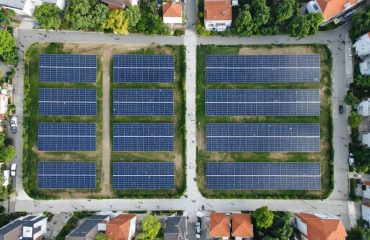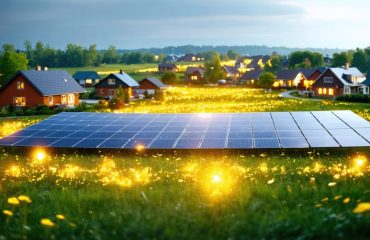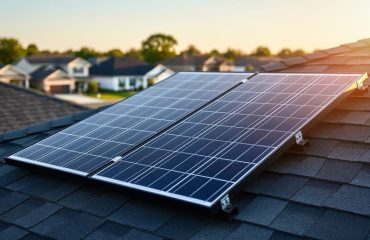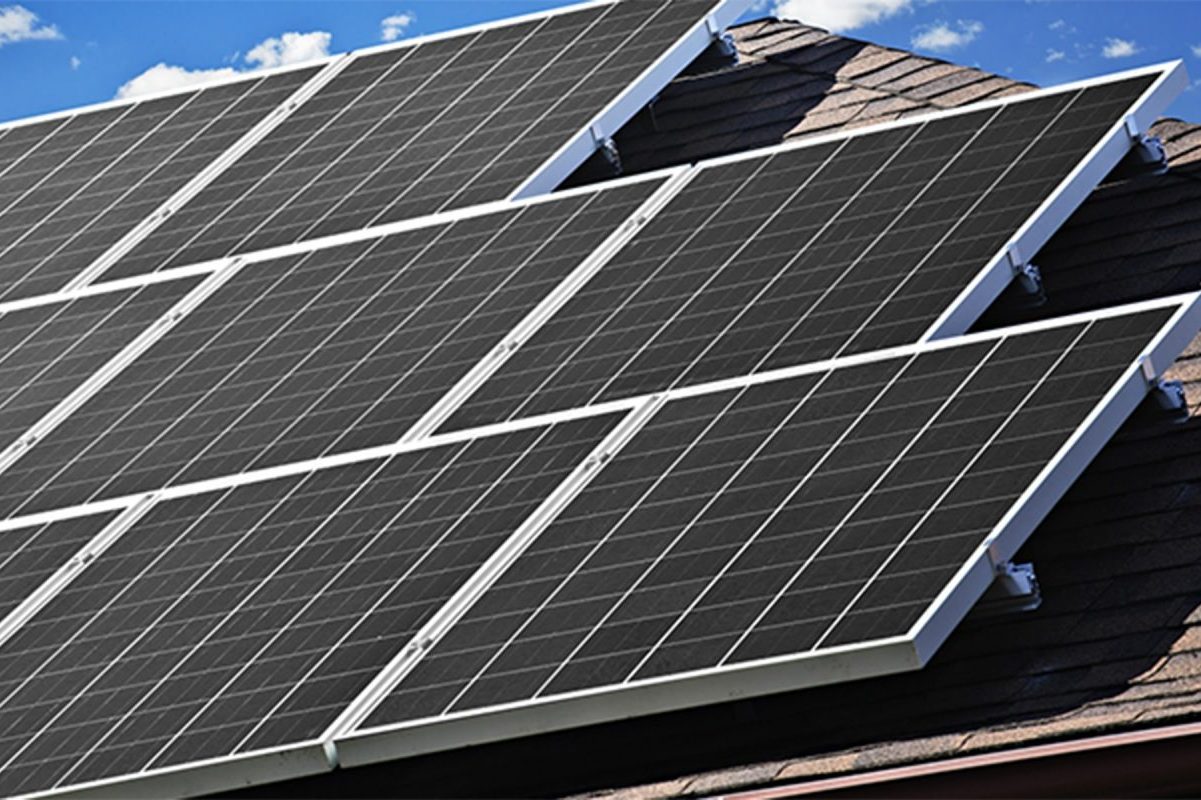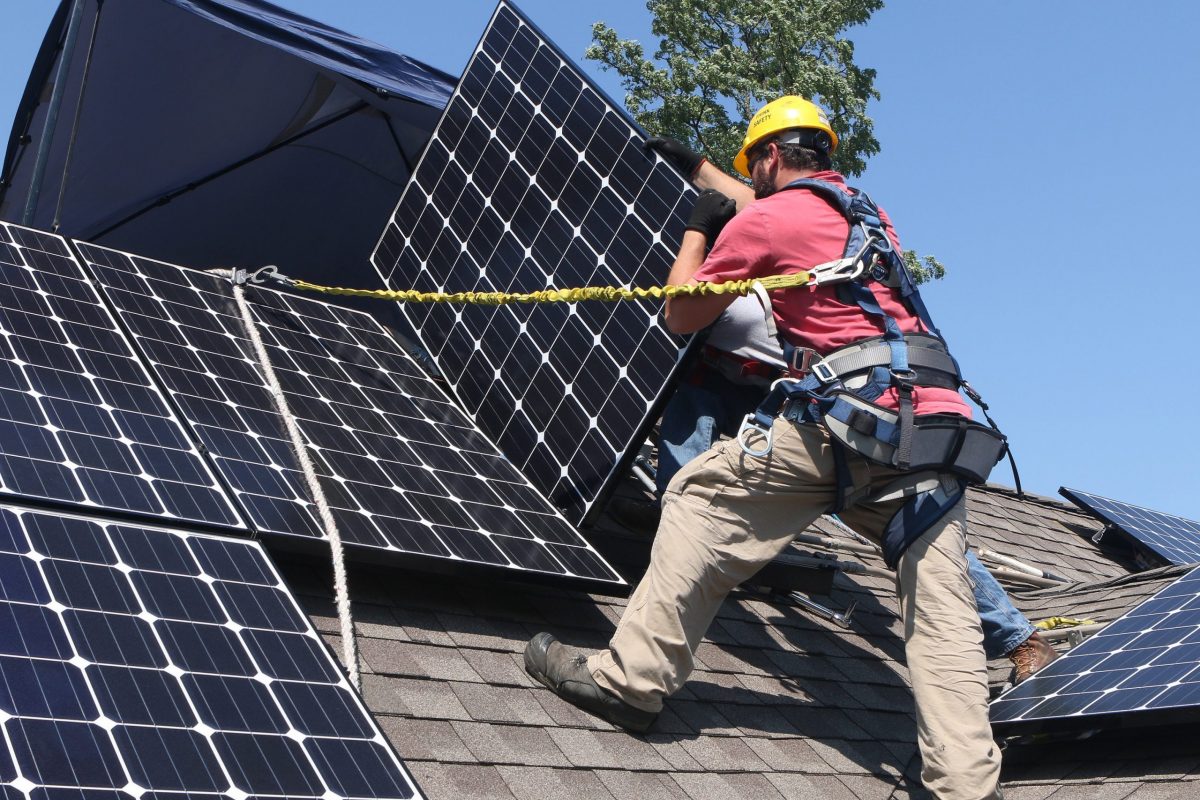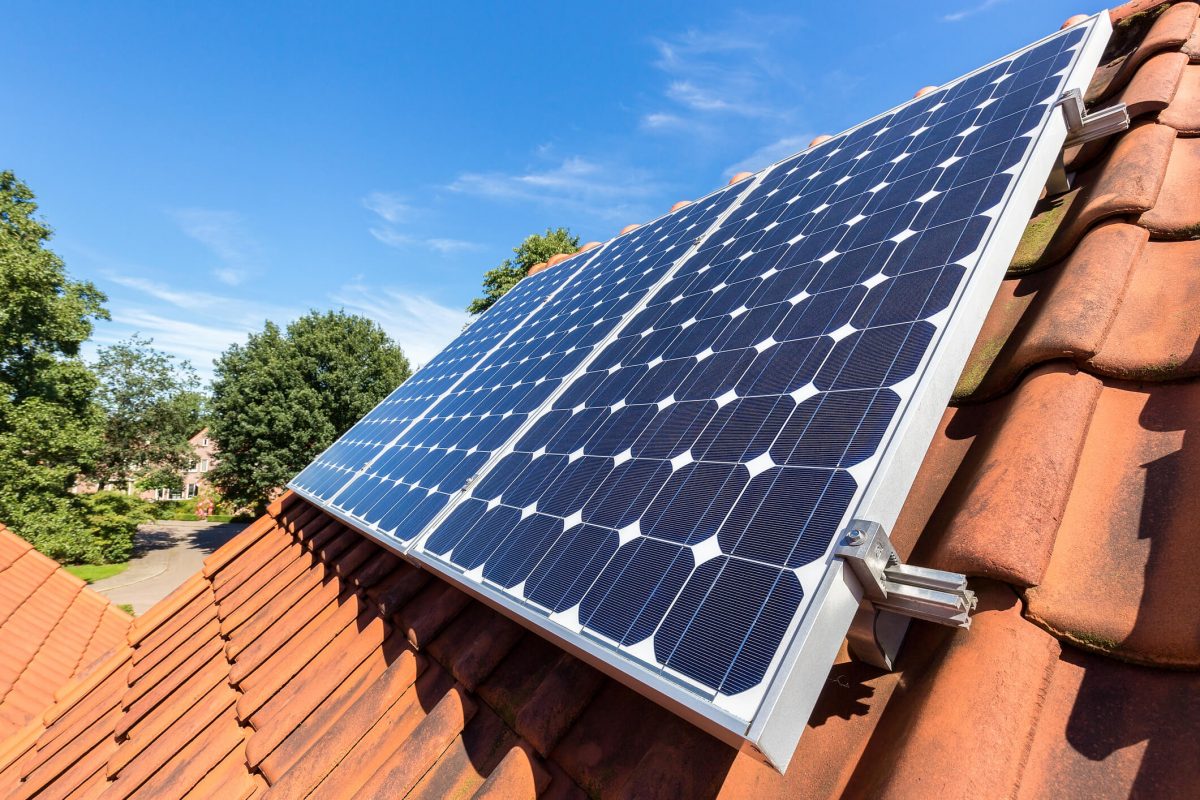Solar initiatives are revolutionizing how communities prepare for and respond to natural disasters, offering a powerful combination of energy independence and environmental sustainability. As extreme weather events become more frequent, innovative community solar solutions are emerging as a critical component of modern disaster resilience strategies. These programs not only provide clean, renewable energy during normal operations but also serve as lifelines during grid failures and emergency situations.
By incorporating battery storage systems and smart grid technology, solar initiatives create resilient power networks that can operate independently when traditional infrastructure fails. Communities across the globe are discovering that strategic solar deployment reduces their vulnerability to power outages while simultaneously decreasing their carbon footprint and energy costs. From powering emergency shelters to maintaining essential services, these solar systems represent a proactive approach to disaster preparedness that benefits everyone – from individual homeowners to entire municipalities.
This shift toward solar-powered resilience isn’t just about emergency response; it’s about building stronger, more sustainable communities that can thrive in an uncertain future. The technology is proven, the economics make sense, and the time to act is now.
Why Traditional Power Fails When Disasters Strike

The True Cost of Power Outages During Emergencies
When disasters strike, power outages can have devastating consequences for communities. During Hurricane Sandy, over 8 million households lost power, with some areas remaining dark for weeks. This impacted essential services like hospitals, which had to evacuate patients and rely on backup generators. The financial toll was equally severe – businesses lost an estimated $65 billion due to extended closures and spoiled inventory.
More recently, the Texas winter storm of 2021 left 4.5 million homes and businesses without power. The crisis resulted in over 200 deaths and $195 billion in damages. Critical infrastructure, including water treatment plants and emergency response centers, struggled to maintain operations.
These examples highlight how power disruptions affect vital services:
– Hospitals face challenges maintaining life-support systems and medical equipment
– Emergency response centers struggle to coordinate rescue efforts
– Water treatment facilities can’t process safe drinking water
– Communication networks fail, leaving communities isolated
– Food storage systems break down, leading to supply shortages
With extreme weather events becoming more frequent, communities need reliable backup power solutions to maintain essential services and protect vulnerable populations during emergencies.
Solar Solutions for Community Resilience
Microgrids: Powering Critical Infrastructure
In times of crisis, maintaining power to critical infrastructure can mean the difference between life and death. Solar microgrids have emerged as a reliable solution, providing autonomous power systems that keep essential services running when the main grid fails. These localized energy networks combine solar panels, battery storage, and smart control systems to create resilient power sources for hospitals, emergency response centers, and community shelters.
Unlike traditional backup generators, solar microgrids offer a sustainable and continuous power supply that doesn’t depend on fuel deliveries. During natural disasters or grid outages, these systems automatically isolate from the main grid, ensuring uninterrupted power to vital facilities. This capability has proven invaluable in numerous emergencies, from hurricanes to wildfires, where solar power accessibility has made a crucial difference.
Recent innovations in microgrid technology have made these systems more efficient and cost-effective than ever before. Modern microgrids can seamlessly switch between grid-connected and island modes, prioritize critical loads, and even share power with neighboring facilities when needed. Communities that have implemented solar microgrids report significant improvements in emergency preparedness and reduced recovery times following disasters.
For facilities considering microgrid installation, the benefits extend beyond emergency resilience. These systems provide daily energy cost savings, reduce carbon emissions, and offer a practical path toward energy independence. Many communities are now incorporating microgrids into their disaster preparedness plans, recognizing them as essential infrastructure for a resilient future.
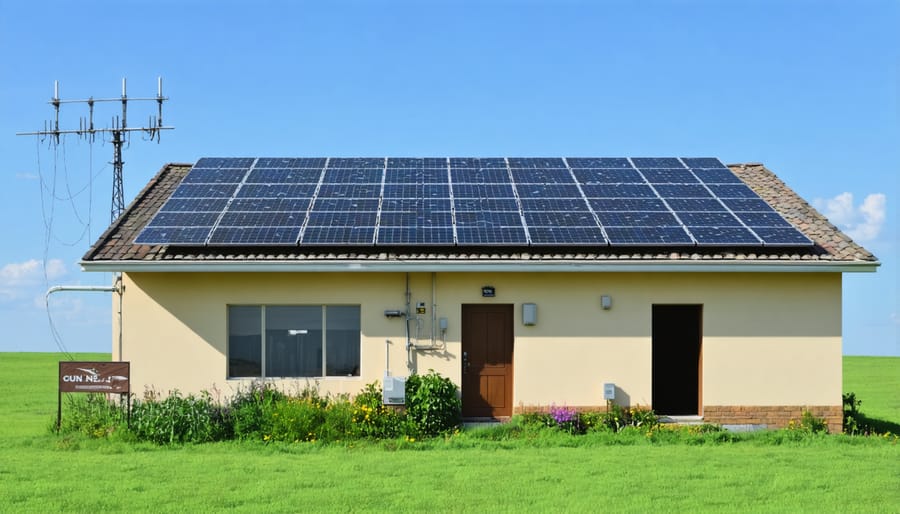
Battery Storage: The Missing Link
Battery storage systems are the crucial bridge between intermittent solar power generation and reliable, round-the-clock energy access. Think of them as your home’s energy savings account – storing excess power during sunny days for use when the sun isn’t shining or during power outages.
Modern battery systems have evolved significantly, offering homeowners unprecedented control over their energy consumption. When paired with solar panels, these systems can provide power during evening hours, cloudy days, and even extended emergency situations. This continuous power supply is particularly valuable during natural disasters when grid power might be unavailable for days or weeks.
The technology typically uses lithium-ion batteries, similar to those in electric vehicles, but scaled for home use. These systems are compact, efficient, and can be mounted on walls or stored in garages. Most importantly, they’re smart – automatically deciding when to store power and when to use it based on your energy consumption patterns and utility rates.
For disaster resilience, battery storage offers a triple benefit: it reduces daily energy costs, provides backup power during emergencies, and helps stabilize the local power grid. Many homeowners find that adding battery storage to their solar setup increases their energy independence while providing peace of mind during uncertain times.
With costs continuing to decrease and technology improving, battery storage is becoming an increasingly attractive option for homeowners looking to maximize their solar investment and enhance their disaster preparedness.
Success Stories: Communities Leading the Way
Communities across America are proving that solar initiatives can transform local energy landscapes while building resilience. In Georgetown, Texas, a city of 75,000 residents became one of the first in the nation to run on 100% renewable energy, with solar playing a significant role. The transition not only reduced the city’s carbon footprint but also stabilized energy costs for residents, leading to an average annual savings of $300-500 per household.
The small town of Sebastopol, California, took a bold step by requiring solar installations on all new construction, both residential and commercial. This policy has resulted in over 1,000 solar installations, generating enough clean energy to power 3,000 homes. The initiative has created local jobs and sparked a thriving solar industry in the region.
In Brooklyn, New York, the Brooklyn Microgrid project demonstrates how urban communities can embrace solar power through innovative sharing programs. Residents with solar panels can sell excess energy to their neighbors through a blockchain-based platform, creating a localized energy marketplace that enhances grid resilience and reduces energy costs for participants.
The rural community of Reynolds, Indiana, dubbed “BioTown, USA,” integrated solar arrays with existing renewable energy projects to achieve energy independence. Their comprehensive approach includes educational programs that teach residents about solar technology and its benefits, leading to widespread community adoption and support.
These success stories share common elements: strong community leadership, clear communication about benefits, and innovative financing solutions that make solar accessible to all residents. Many communities started small, with pilot projects on municipal buildings, before expanding to residential programs. This gradual approach helped build public trust and demonstrate the tangible benefits of solar initiatives, from reduced energy bills to increased property values and improved community resilience.

Making Solar Initiatives Work for Your Community
Available Funding and Resources
Various financial resources are available to support solar initiatives, making sustainable energy more accessible than ever. Solar energy grants from federal, state, and local governments can significantly reduce installation costs. The Federal Solar Tax Credit offers a 30% deduction on installation expenses, while many states provide additional incentives and rebates. Local utility companies often offer net metering programs, allowing homeowners to earn credits for excess energy production. Non-profit organizations and community development funds frequently provide low-interest loans specifically for renewable energy projects. Some municipalities have created group purchasing programs, enabling residents to access bulk pricing discounts. These financial tools, combined with decreasing equipment costs, make solar power an increasingly attractive investment for both individuals and communities.
The time to embrace solar initiatives is now. By investing in solar energy solutions, communities can build lasting resilience against power outages, reduce their carbon footprint, and create a more sustainable future for generations to come. Every solar panel installed strengthens our energy independence and contributes to a more stable power grid. The benefits extend beyond individual households to create stronger, more self-reliant neighborhoods that can weather any storm. Together, we can transform our communities into beacons of sustainability and resilience. Taking action today means securing a brighter, cleaner, and more reliable energy future for all. Whether through individual installations or community solar projects, each step forward brings us closer to energy independence and environmental stewardship. Let’s harness the power of the sun to build the resilient communities we need for tomorrow.



